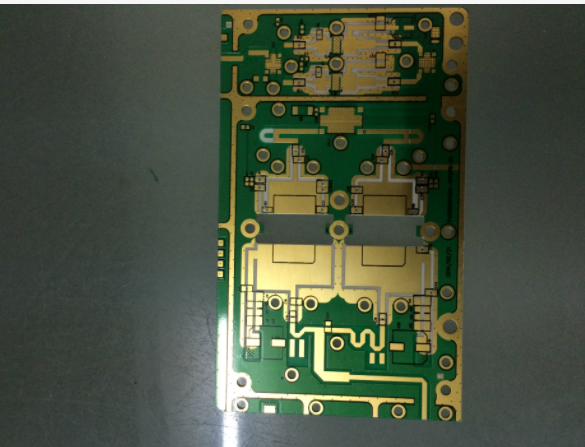PCB issues Do non-humidity-sensitive electronic parts also need to control moisture?
This is a question asked by a friend, and I believe it is also a question that many friends have. Do non-IC package parts have similar MSL specifications? For example: connectors, frequency components, passive components, etc.; secondly, if these non-packaged parts are stored in the warehouse for more than one year, can they continue to be used? Or can I continue to use it after baking?
IPC JEDEC J-STD-033 control of humidity sensitive parts (MSD) is basically only applicable to IC and other packaged parts. Its main purpose is to avoid moisture inside the packaged parts, which occurs when the reflow process is rapidly heated and high temperature. The undesirable phenomenon of popcorn or de-lamination. However, it seems that many friends still feel puzzled about whether other non-packaged electronic parts (such as connectors, frequency components, passive components... etc.) need to be controlled for their moisture sensitivity levels.
For other non-encapsulated electronic parts, the control of moisture is not necessarily required, but the possible impact and consequences of moisture on these electronic parts should be considered. I cannot tell you all the answers, but basically It can be divided into the following two aspects to think about:
Whether to use materials that are easy to absorb moisture.

Take the connector as an example. If you use a resin that is easy to absorb moisture such as PA66 Nilon, you must pay special attention to the effect of its moisture on the material. My experience shows that this type of resin will become brittle after moisture absorption, especially after high temperature. Becomes more brittle. If possible, try to replace PA66 resin with LCP resin, which can greatly improve its ability to resist moisture.
Whether the solder foot plating is exposed to the air easily to cause oxidation and rust.
I believe most of my friends know that "moisture will promote most metal surface oxidation." If the surface treatment coating of the solder feet is tin (tin) or silver (cooper), it is recommended to be special Control its humidity to avoid oxidation.
Based on the above two reasons, it can only be said that whether electronic parts are subject to humidity control depends on different parts (case by case). The suggestions are as follows:
All parts that require soldering should be stored in a 24-hour temperature and humidity controlled environment (at least in an air-conditioned room) to reduce the rate of material moisture absorption and solder foot oxidation. Of course, it is better to put dry bags in vacuum packaging, which is a cost consideration.
For some materials that are easier to absorb moisture and parts where the solder feet are oxidized, humidity sensitivity control is required. As for what moisture sensitivity level should be set, it depends on experience, and I don’t have the answer myself.
In addition, if these non-packaged parts have been stored in the warehouse for more than a year and want to use them, do they need to be baked? Can I continue to use it after baking?
This question depends on whether the solder foot of the part has been oxidized before making a decision. It is recommended to do a "weldability test" first. If the solder foot is already oxidized and cannot eat tin, then baking is useless. The "oxidation" of the metal is basically It is an irreversible reaction, that is to say, re-baking cannot return the oxidized solder feet to the state before oxidation, because the main purpose of baking is to remove moisture from the parts.
After the weldability is determined to be no problem, if you are still not sure whether the moisture will affect the parts, it is recommended to send the parts for low-temperature baking to remove the moisture, so as to avoid some unnecessary troubles.
As for the parts that have been oxidized, how to deal with them?
From an engineering point of view, it is generally not recommended to continue to use, because even if it is barely soldered during electronic processing, it is difficult to ensure that its quality can meet the design requirements. It is usually better to send it back to the original factory for deoxidation and re-electroplating welding. But this way is not only a waste of time but also a waste of money. Even if it is processed, it may not be able to ensure that the function is normal. The best way is to avoid oxidation.
ipcb is a high-precision, high-quality PCB manufacturer, such as: isola 370hr PCB, high-frequency PCB, high-speed PCB, ic substrate, ic test board, impedance PCB, HDI PCB, Rigid-Flex PCB, buried blind PCB, advanced PCB, microwave PCB, telfon PCB and other ipcb are good at PCB manufacturing.